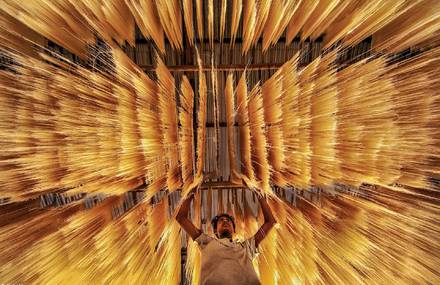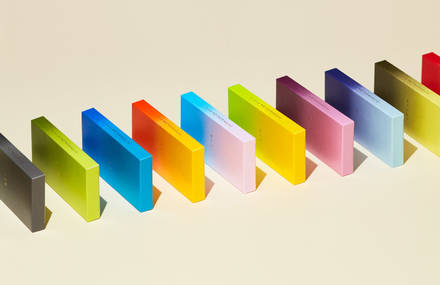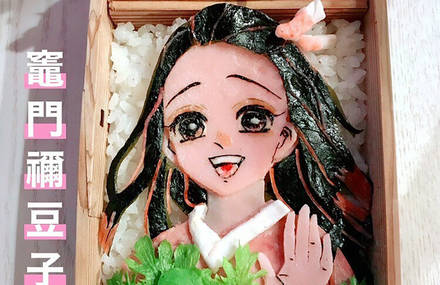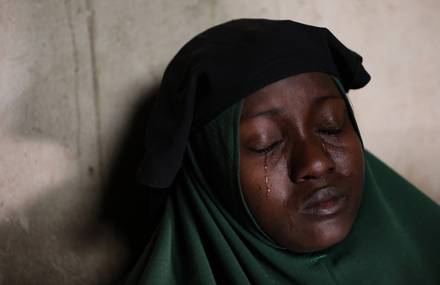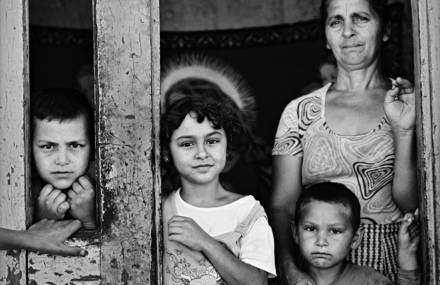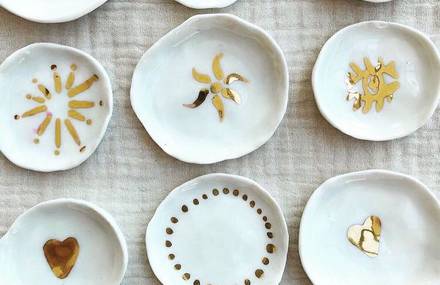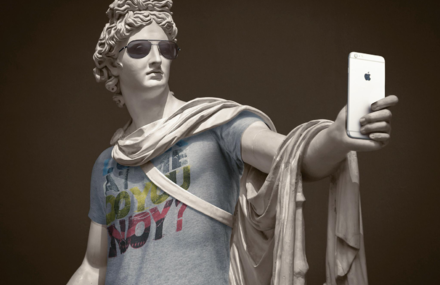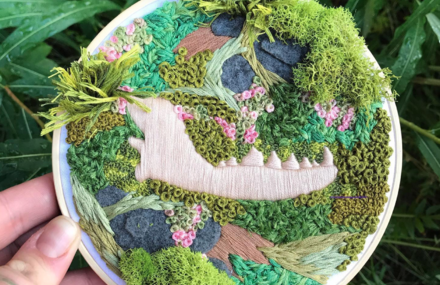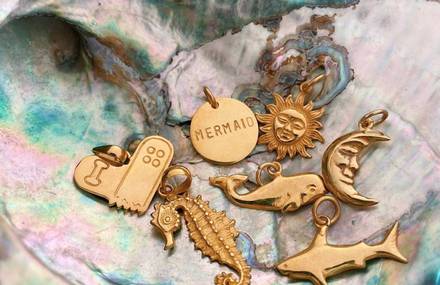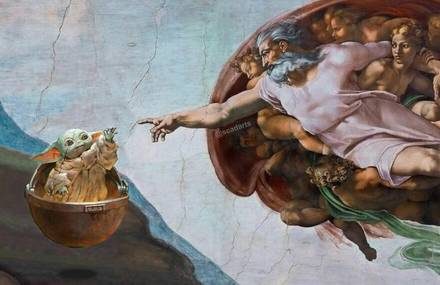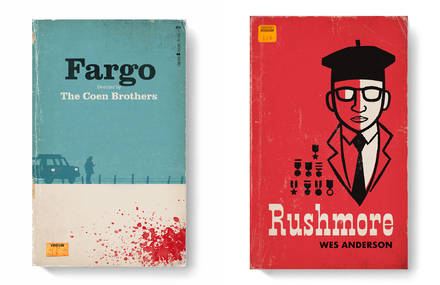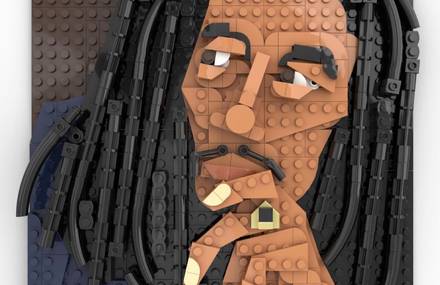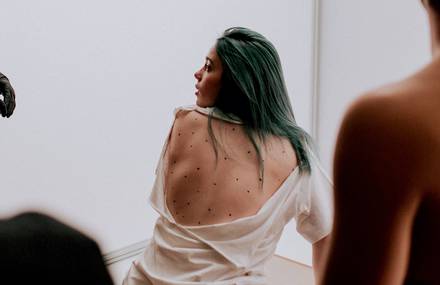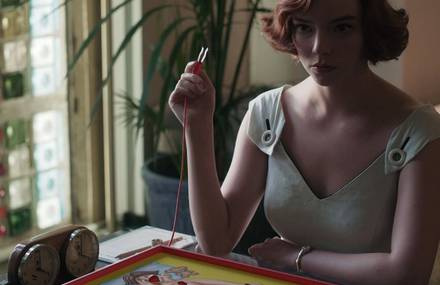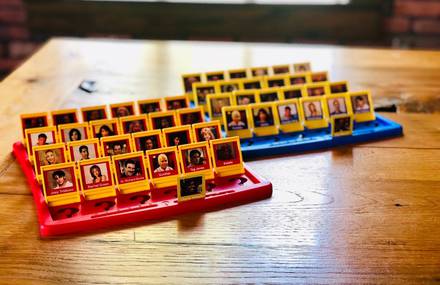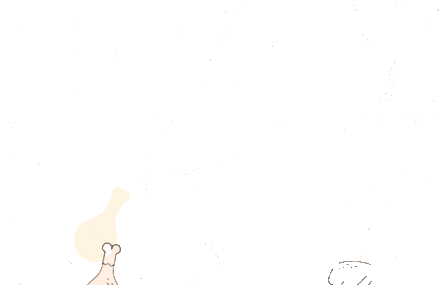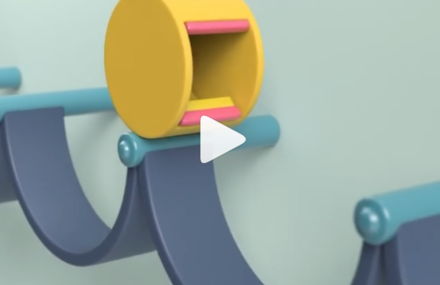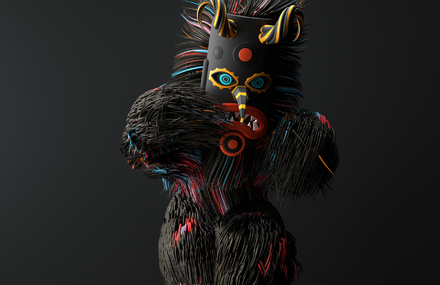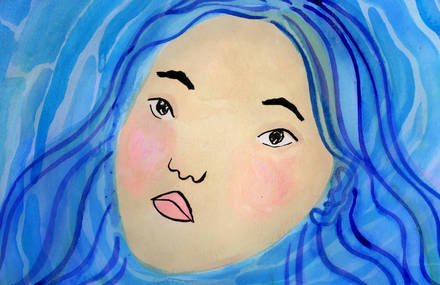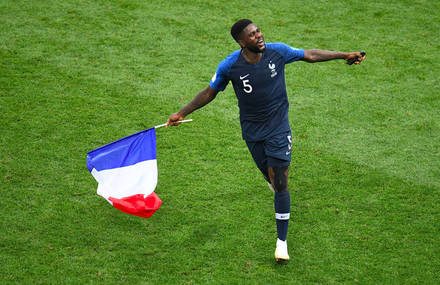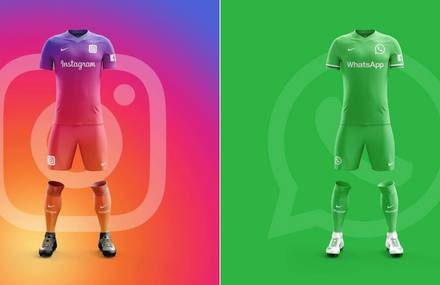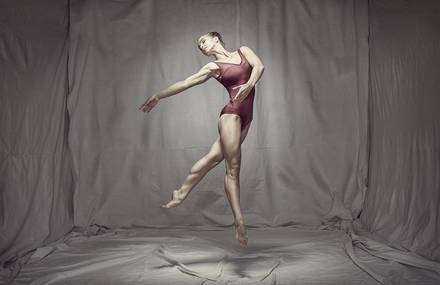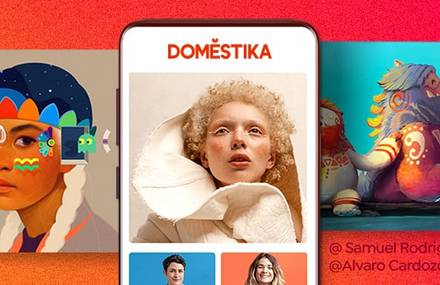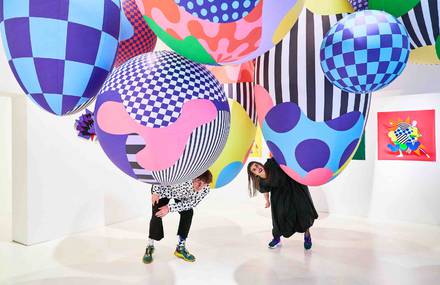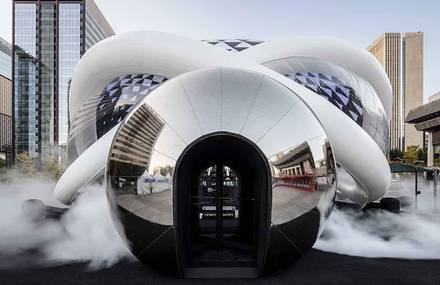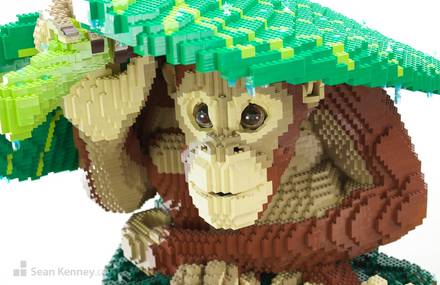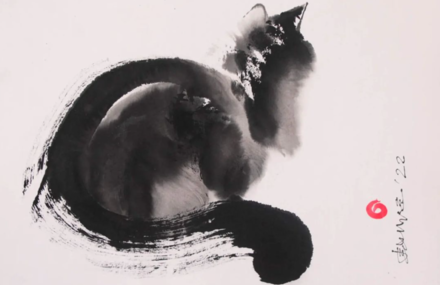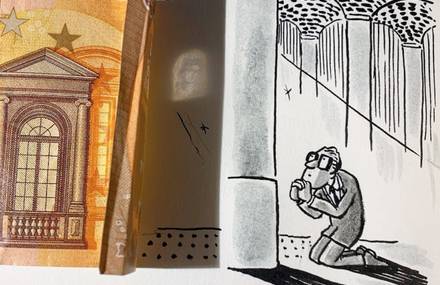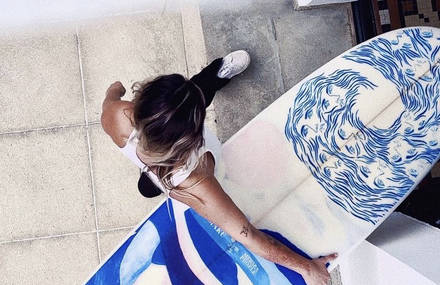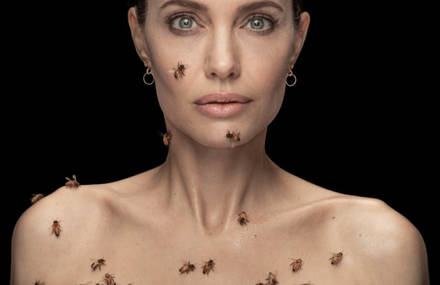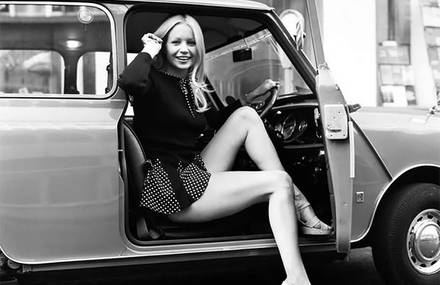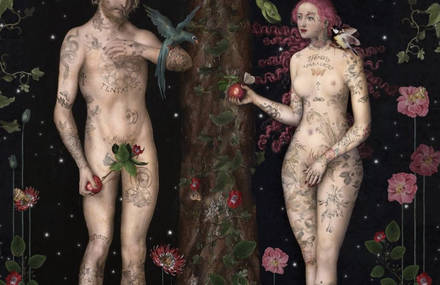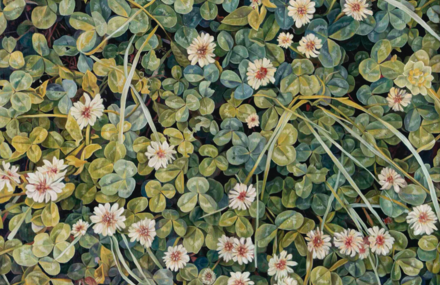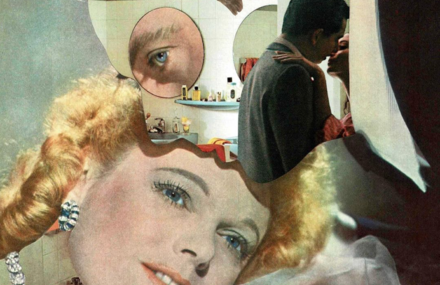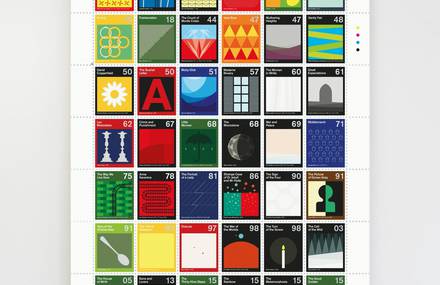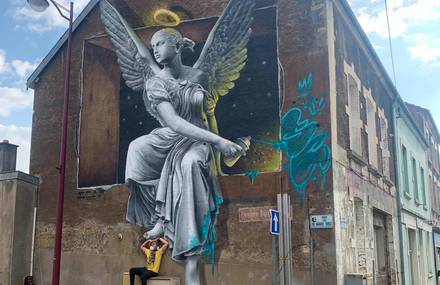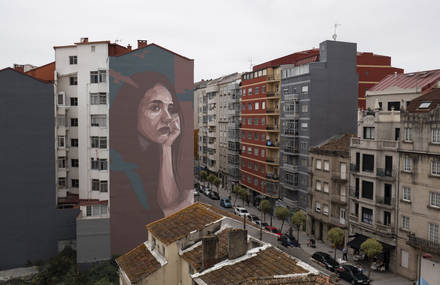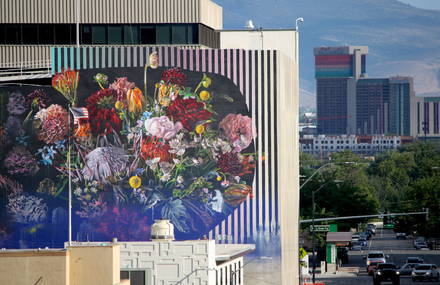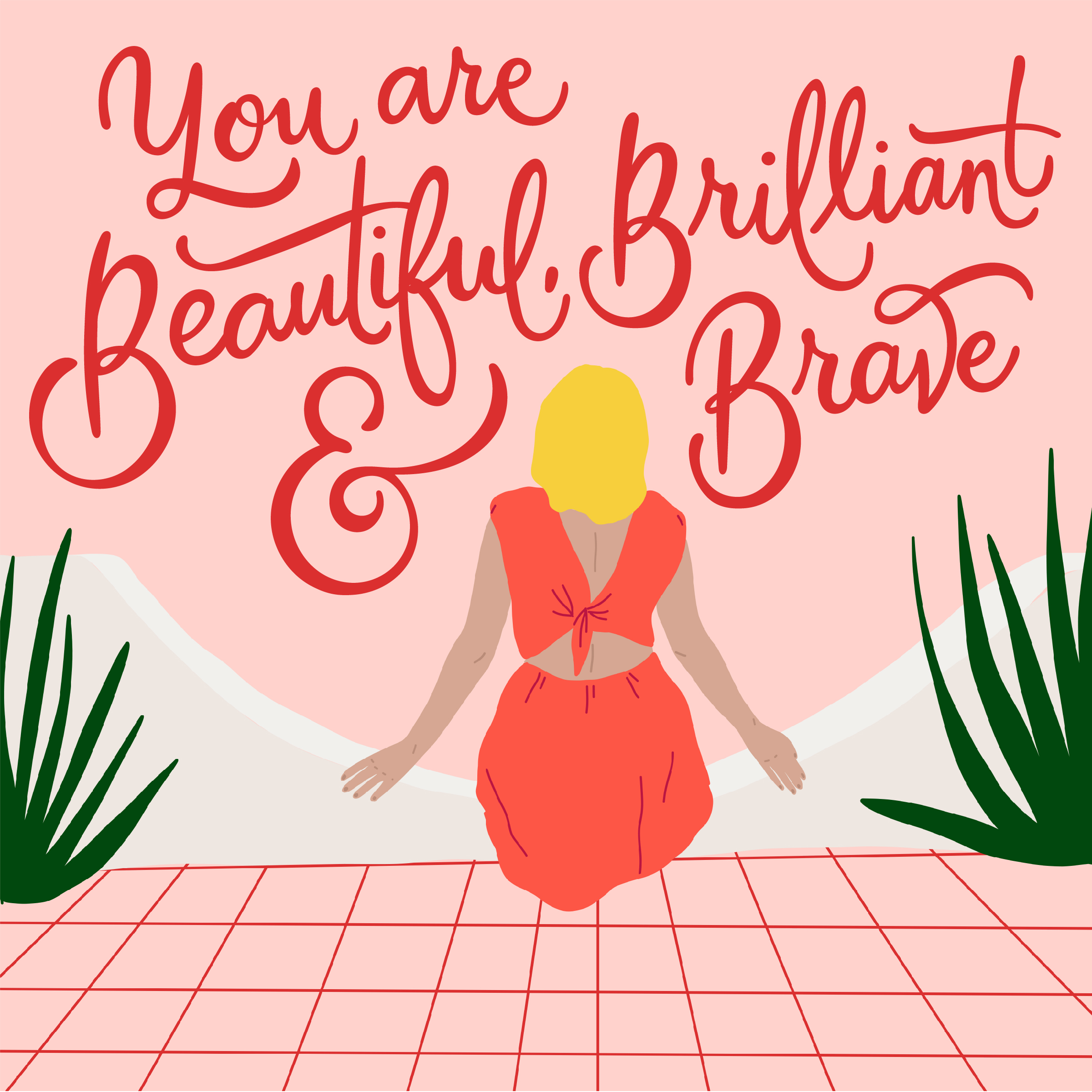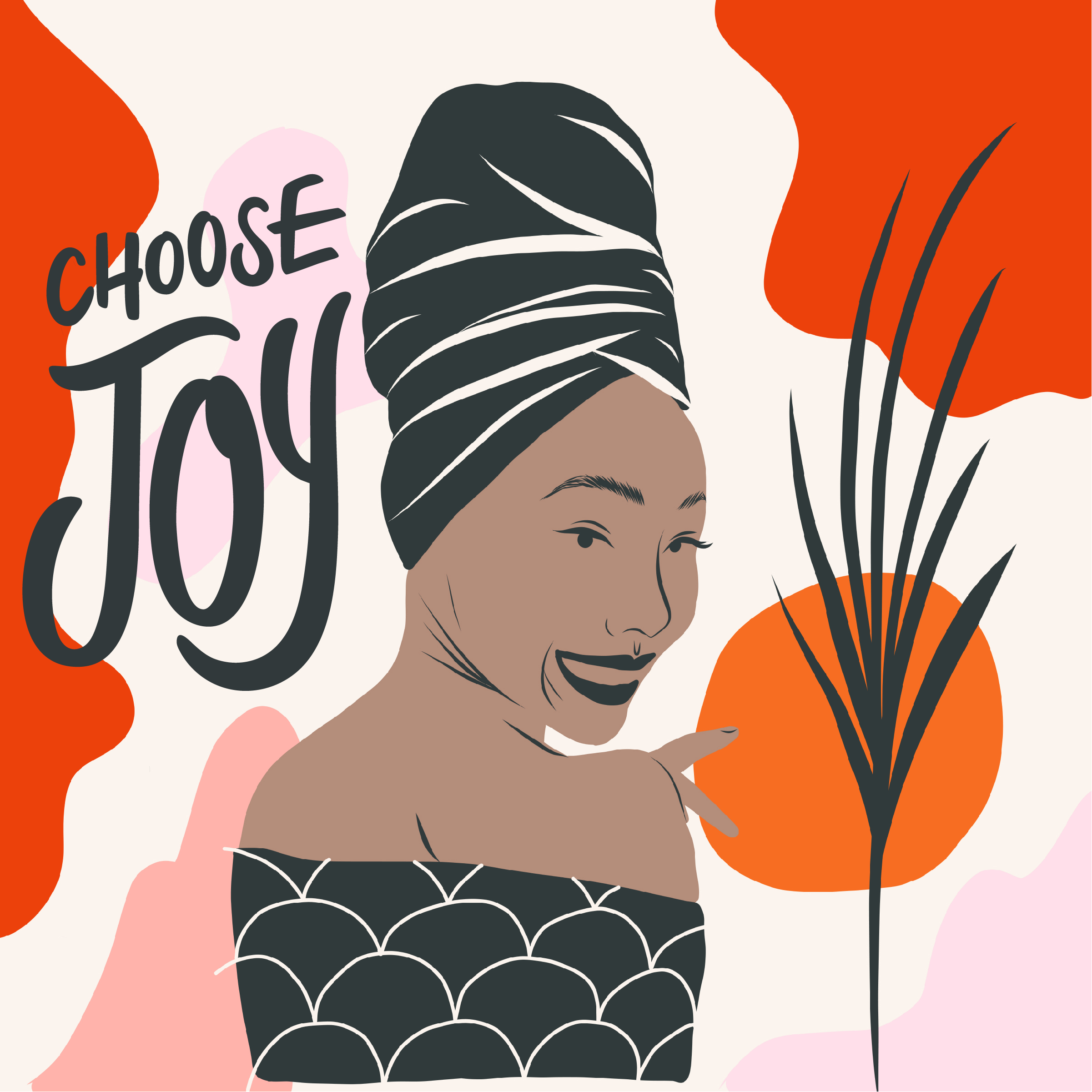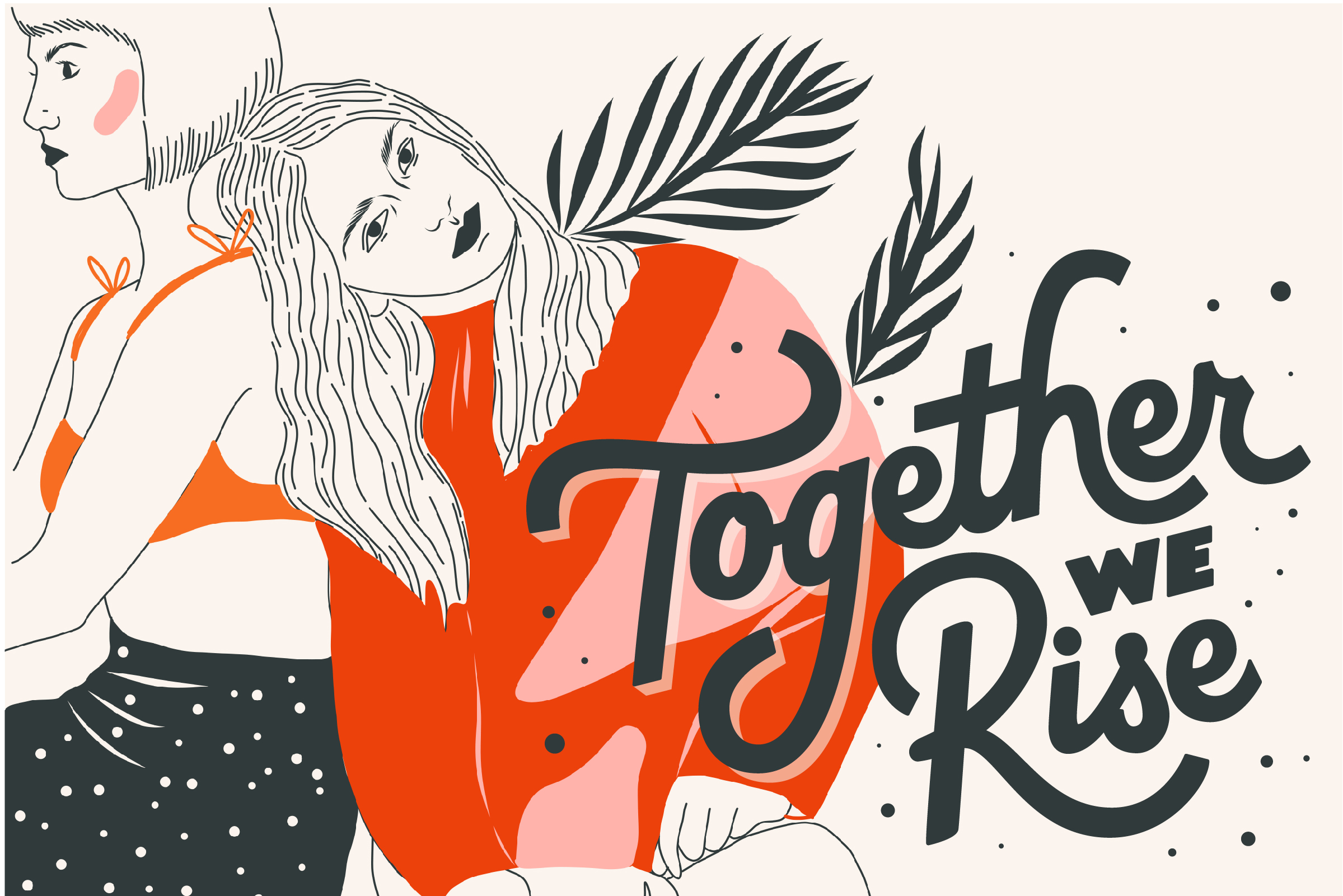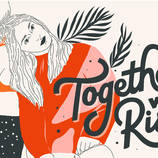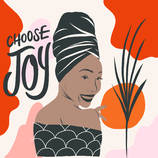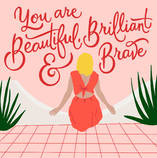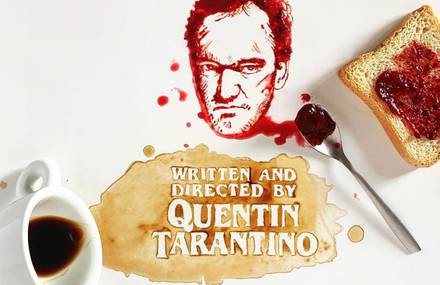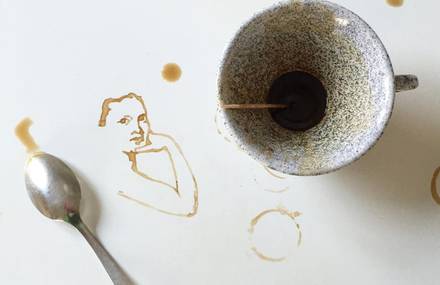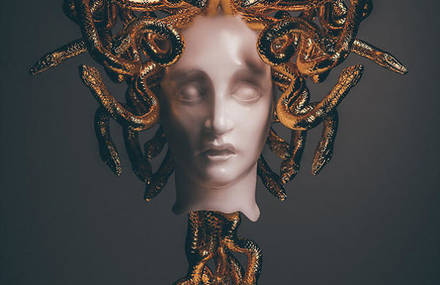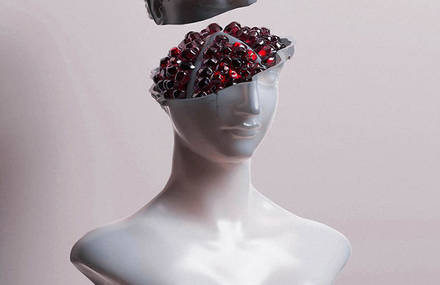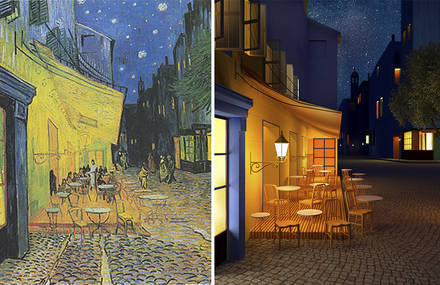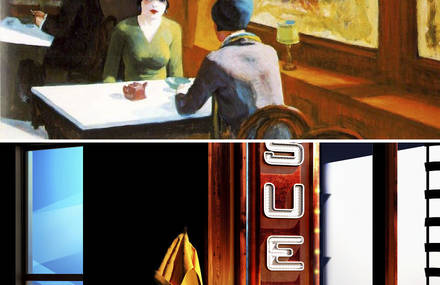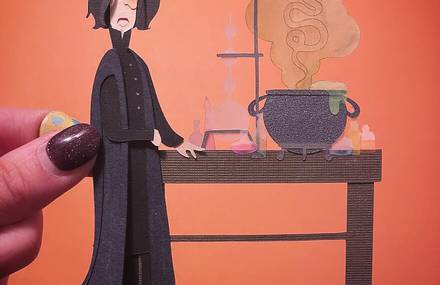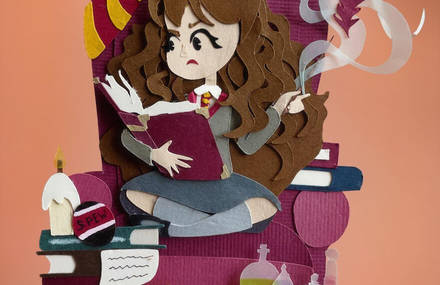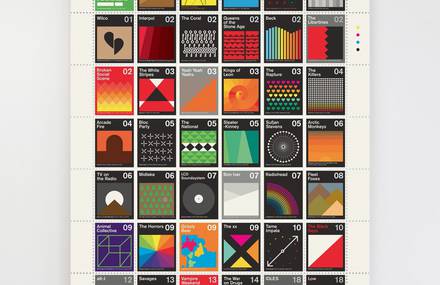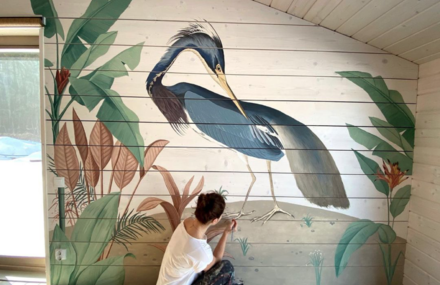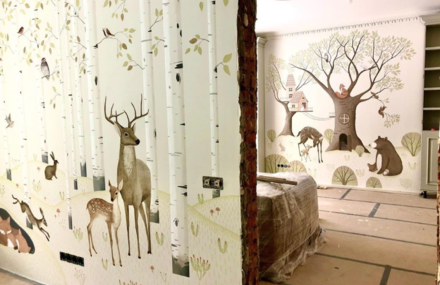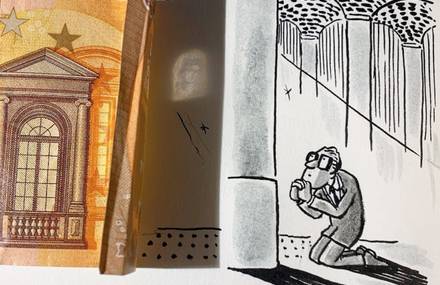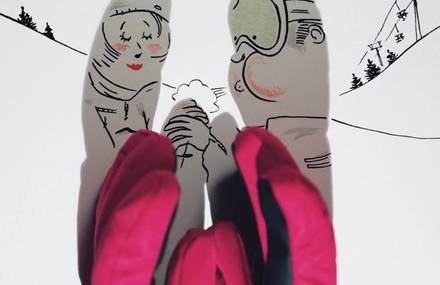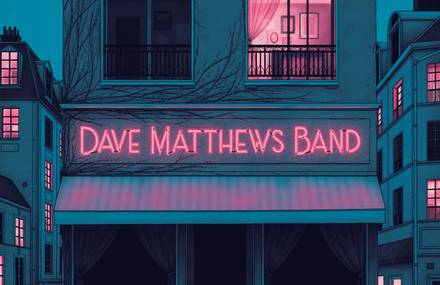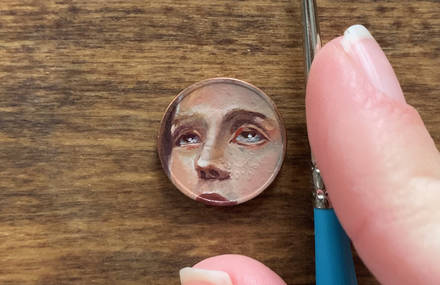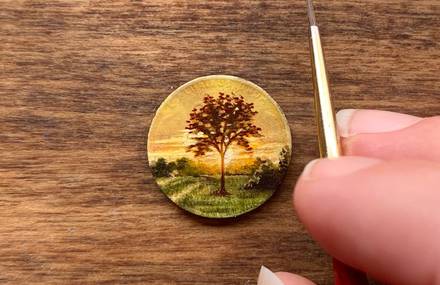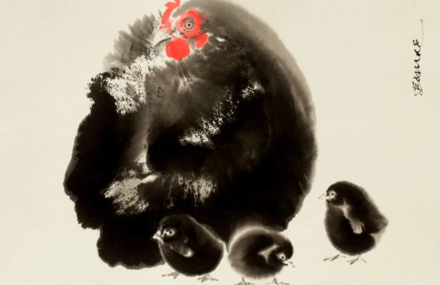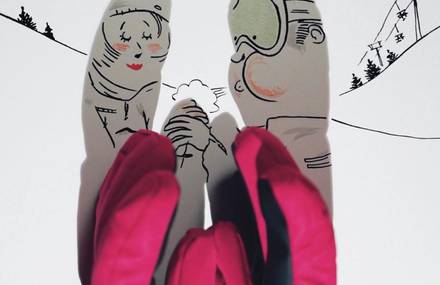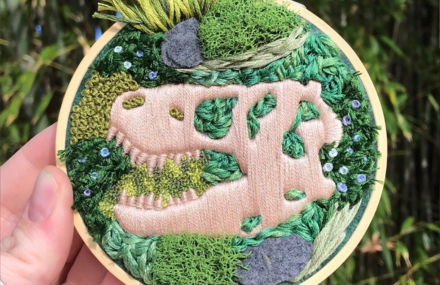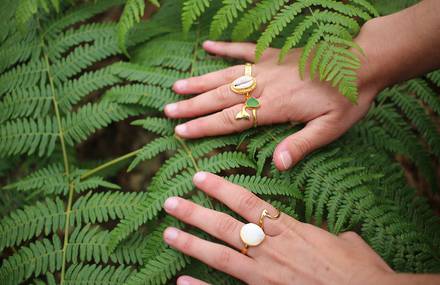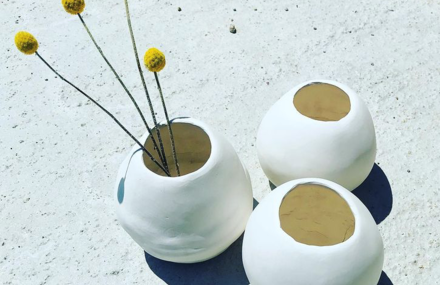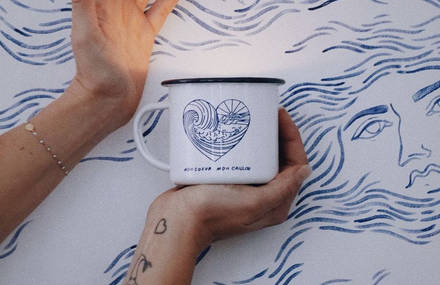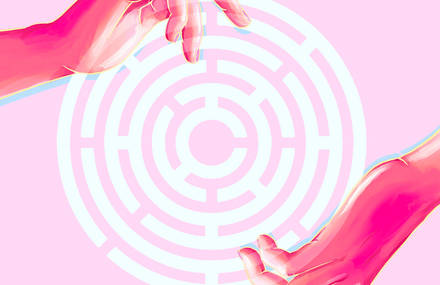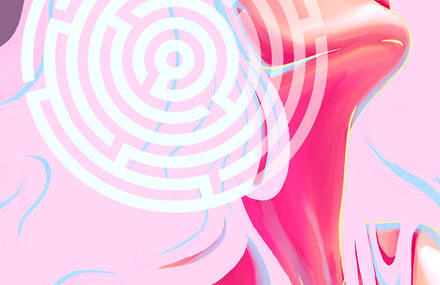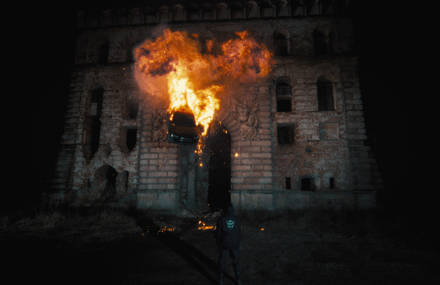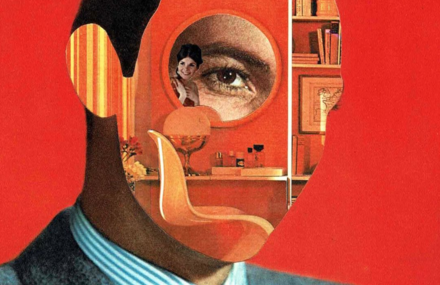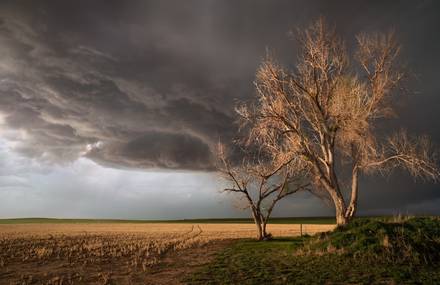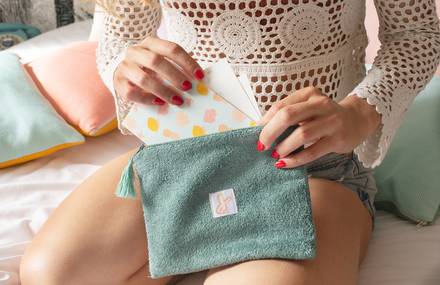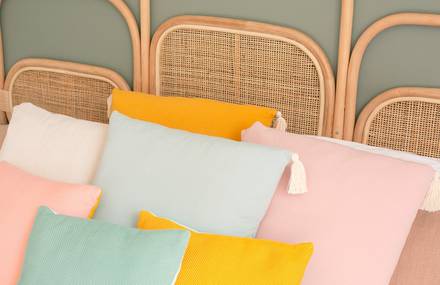As part of his collaboration with Adobe Stock, Fubiz combines two new artists, who collaborated together on one of the creative trends identified by Adobe: disruptive expression or how visual expression can be used to make people talk about a cause. We are interested in the fight for the rights and freedom of women.
Illustrator Michelle Mildenberg, contributor Adobe Stock, produces illustrations in which the woman is the central figure. These creations served as a support for typographer Colleen Bringle, who chose to write inspiring and motivational messages.
Through these duet creations, the two talents unveil the importance of the fight for the rights and freedom of women. In a cross interview, they reveal behind the scenes of their creations and their point of view on this cause that is dear to them.
Fubiz : Can you introduce yourself in a few words and tell us more about your creative universe?
Colleen Bringle : I live in Minneapolis, Minnesota US. I am a Product Designer in charge of the concepting, art, and design for kids home products, and I absolutely love what I do. In my 12 years as a creative, I have had experience in branding, advertising, illustration design, and beyond! When I’m not chasing my two sons around I love creating daily lettering and illustrations to post to my Instagram account. (@cmbringle)
Michelle Mildenberg : I’m a Colombian illustrator and researcher based in Amsterdam. I studied at Universidad de los Andes in Bogotá and Central Saint Martins in London.
One of my main interests is how to generate alternative narratives to replace current dominant narratives of gender and human flow. My practice explores taxonomies of what makes us human, in the midst of the popular constructs of our relationship with technology and science.
Colleen, Much of your work is devoted spread inspiring and strong words. How did you come up with the idea of this subject?
I originally started hand-lettering when I was young designer, as a way to get out of a rut while working in advertising. In turn, I realized it helped with my anxiety because it was a way to relax in my downtime. Now, with everything that’s going on in the world, I like to know that my work has meaning and can positively impact those around me. Words and phrases that are light-hearted, bring joy, or have humor I think help to make the day a little lighter, both for me and my followers. As such, I like to focus on playful, graphic, and bright saturated colors to invoke the optimism I wish to share.
Michelle, How did you come to devote yourself to illustration? And why focus your work on femininity?
I started illustrating around 10 years ago but I have only been for two years fully employed by illustration. I’ve approached femininity in the beginning as a natural reaction of what surrounded and attracted me aesthetically. But later I discovered that I could use illustration to represent and tell stories of different experiences and aspects of femininity.
I am very interested in understanding femininity from a planetary-scale angle, the influence of gender on geopolitics, and the impact of femininity on technological constructs. I think it’s very important that female-associated aesthetics are taken seriously to represent complex and important ideas and knowledge productions.
Can you tell us more about the process of creating your beautiful creations
C.B.: Over the years I have explored many techniques to represent visually. I started creating visual diaries that combined text and image which allowed me to visualise very quickly an entire day or week, this exercise lasted for two years and allowed me to become really fast at finding elements to represent concepts and to map in a non-lineal way.
I also work with rhetorical illustration, which allows me to represent in one image the intersection of two other concepts or a very complex concept, this is mainly done for editorial illustration.
And lastly I have arrived to a technique I call Imageries, which is a combination of many illustrations together in one image, in a grid, similar to a comic, to create the feeling of an entire universe. I do this as textless comics and sometimes use poetry on the side. This has become the tool that approached me to moving image, as it creates a kind of framework for the feeling of a video.
For the technical part, I create collages of photography that are later illustrated on an iPad Pro. So it’s very important to have access to a good stock photography platform. The longest part is actually just arriving to the correct representation.
The subject of women’s rights and freedoms is a concept more than present in our society. Do you think awareness is important enough and brands and companies have become aware of this trend?
C.B.:I think the message of empowering women is important. I feel like awareness has increased a lot within the last 5 years. I had my fair share of seeing the disparity of women in the workplace in my earlier years. Years later I find myself surrounded by strong, influential women that inspire me.
M.M.: Awareness of inequality has been around for years, we are at a point where brands and companies don’t need to create more awareness, but to create frameworks and plans that are executed in all aspects of their company and every aspect of life they permeate, and to actually implement equality in their policies.
I think a very sad moment is when brands use female empowerment and equality to create commercial profit, mimicking empowerment under the umbrella of capitalism. So, a correct way to approach these issues is through narration, recognition and implementation.
Adobe has selected this theme among the creative trends of the year 2019. In what ways do you think that art and creatives can raise awareness and participate in sharing this issue?
C.B.: Art is a powerful form of communication. I think Instagram and retail companies have played a huge part in this trend by focusing on empowering messaging. Social media has given artists the opportunity to share their art and illustration to thousands of people with just one click.
M.M: We must switch to create spaces of agency and diversity and launch revolutions against misogyny, racism and all forms of oppression. We must work in Relation to communities and understand how to dismantle predominant narratives and replace them with wider knits of stories that come from affirmative communities. As creatives and also as content sharers we must work together to represent as many possible different experiences of gender as we can. Multiple representation and intersectionality are the key issues of this topic, rather than thinking about a problem of awareness. I am interested in seeing more diversity in nationalities, languages, cultures, identifications in what it means to be a woman.
If you had to summarize your work in one sentence, what would it be?
C.B.: Bold, playful lettering and illustration that captures the humor and joy of real life.
M.M.: My illustration work looks at the identification and representation of multiple gender experiences and the transactions that occur when gender is put in a global-political perspective.
In the coming days, we will propose on Facebook to select your five favorite images from the Adobe Stock collection on this theme of rights and the struggle for women’s rights and freedom.
